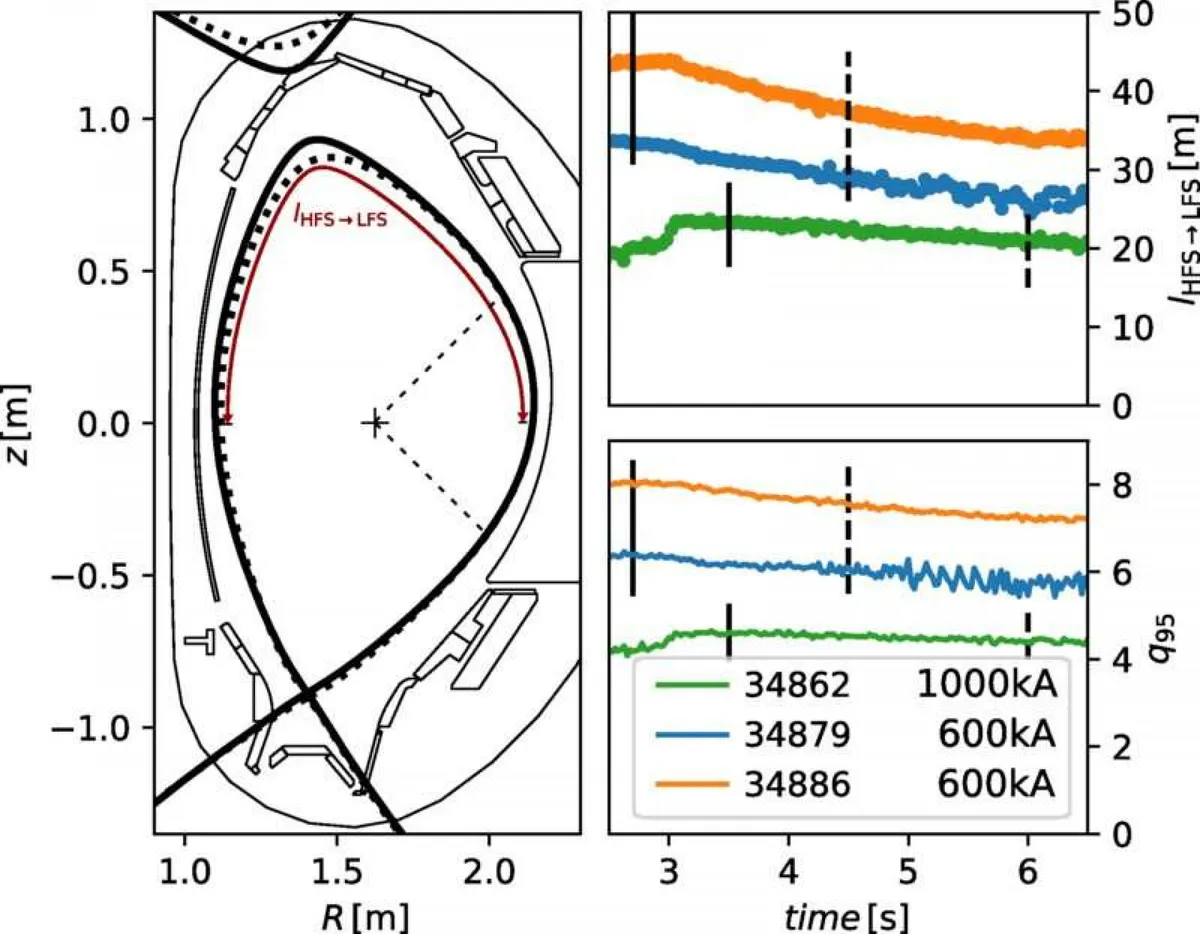Researchers solved the issue of melting fusion reactor walls
Without a doubt someday it is possible to have fusion power plants providing sustainable energy resolving our long-standing energy problems. This is the main reason so many scientists throughout the world are carrying out research on this power source. The generation of power from this method actually mimics the sun.
The reactions in a fusion generator
For the method to work, plasmas must be heated to 100 million degrees Celsius in reactors. Magnetic fields enclose the plasma keeping the walls of the reactor from melting. The shell that forms around the plasma can only work because the outermost centimeters of the edge of that shell, called the magnetically formed plasma edge, are extremely well insulated.
There is however a problem with this way of enclosing the sun-level heat of the plasma. In that edge region, there are plasma instabilities, called edge localized modes (ELMs). ELMs occur frequently, during the fusion reaction. During an ELM, energetic particles from the plasma may hit the wall of the reactor, potentially damaging it.
In a move that would remind anyone of offering an original of something after many trials of different methods, only to find out the original is the right one, the researchers went back to a mode of operation that had been discarded previously.



Comments are closed.